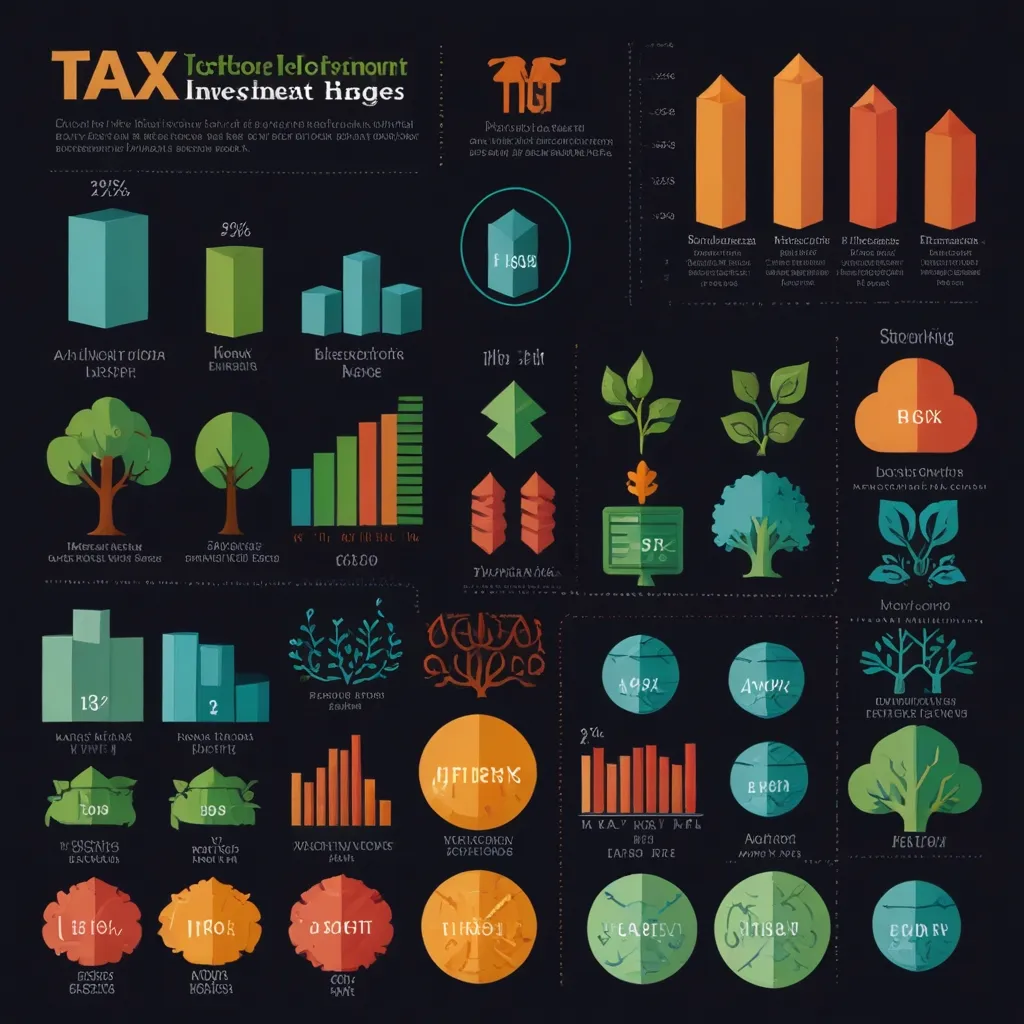When diving into real estate, you’re usually looking at two main ways to make a buck: raking in rental income or cashing in on property appreciation. Each has its perks and pitfalls, so let’s untangle these strategies so you can see which fits your vibe.
Chasing That Cash Flow
Picture this: you buy a house, rent it out, and watch the rent roll in while you sip your morning coffee. That’s the sweet life of investing for rental income. This method is great if you love predictable cash in your pocket and a bit of insulation from the ups and downs of the market.
How’s it work? You snag a property, find some tenants, and use the rent they pay to cover your mortgage, insurance, and the occasional leaky faucet. Anything left over is gravy.
For example, let’s say you buy a crib for $300,000 and rent it out for $2,000 a month. Your mortgage and other expenses eat up most of that, but if you’re left with, say, $300 a month, that’s $300 of pure, worry-free income. It’s smooth sailing most of the time, even when the market’s a bit choppy.
But hey, there are bumps on this road too. Cash flow might be comfy, but it can be a slow climb up the wealth ladder compared to other methods. Plus, you gotta be choosy about where you buy. High rental demand is your friend, so pick a spot where folks are lining up to lease. Still, the steady income and tasty tax perks keep this strategy a popular choice.
Betting on Appreciation
Now, let’s talk about the thrill-seekers. Investing for property appreciation is like placing a long-term bet on a property’s worth soaring over time. This isn’t about immediate cash flow; it’s about stacking wealth bricks for a bigger payoff down the line.
Imagine buying a pad in a trendy, up-and-coming neighborhood. Maybe you drop $300,000 on it today, and in a few years, it’s worth $500,000. That’s a hefty profit, but it’s a gamble. You’re banking on the area growing, the market climbing, and maybe doing some sprucing up yourself.
If your crystal ball works and you buy in the right spot at the right time, your property’s value can shoot up thanks to favorable market conditions, economic booms, and even your own renovations (aka forced appreciation). Buy a fixer-upper for $200,000, throw $50,000 into making it shine, and you could see its new value touch $350,000. Not too shabby.
But hold up, this route comes with risks. Market dips can throw a wrench in your plans, and the lack of steady monthly income means you’ve gotta be patient and have a cushion to fall back on.
The Best of Both Worlds
Why not aim for a combo of both strategies? Many successful real estate moguls do just that. By focusing on properties that bring in rent and also have the potential to appreciate, you can build a robust portfolio with reliable income now and big bucks later.
Think of it like this: you buy a place in an area that’s growing just enough. You rent it out, which covers your costs, and as the neighborhood evolves, the property value ticks up. It’s a sweet deal—collecting rent while your investment grows.
Nuts and Bolts of Appreciation
Appreciation can be a natural marvel of the market or a result of your hands-on efforts. The market-driven appreciation comes from broad economic trends—think inflation or a booming local economy. But forced appreciation is when you roll up your sleeves and invest in renovations, turning a sorry-looking property into a gem.
An example here—we’ll call him John—buys a beat-up house for $200,000. He spends $50,000 on some TLC, sprucing it up big time. Suddenly, it’s worth $350,000. Boom, instant equity if he chooses to sell.
Tax Perks to Sweeten the Deal
Both strategies come with tax bonuses. Rental income can offset other expenses, cutting down taxable income. Meanwhile, gains from appreciated properties can be deferred with things like 1031 exchanges, so you can reinvest without immediate tax hits.
But keep your ears to the ground. Knowing your local market trends is key. If you get wind of a new development coming to town, it might bump up property values, giving you a heads-up on where to invest next.
Real-Life Scenarios
Let’s peek at some real-world tales:
Take John: He buys a rental property for $250,000. It brings him $1,800 a month in rent, covering all his costs and giving him a $300 monthly surplus. Over time, he builds equity and pays down the mortgage, all with someone else’s money. Neat, huh?
And then there’s Sarah. She grabs a place for $350,000 in a booming hood. Five years and some hefty local growth later, she sells it for $600,000. That’s a nice chunk of change in her pocket.
Then you have Michael, going for a balanced approach. He buys a place for $300,000, rents it out for $2,200 per month, getting enough to cover his costs. Over the years, due to some neighborhood growth and his touch-ups, the property’s value jumps to $450,000. He gets both steady income and a sweet appreciation.
Wrapping It Up
When it comes to real estate, choosing between rental income and appreciation isn’t a one-size-fits-all deal. It boils down to your goals, how much risk you can stomach, and the market you’re playing in. By knowing the ins and outs of each strategy, and maybe merging them, you can craft a solid investment plan that balances today’s needs with tomorrow’s dreams.
Seasoned investor or newbie, do your homework, stay clued in on trends, and maybe chat with a real estate pro to get the best bang for your buck. Done right, real estate investing can be a powerhouse for building wealth and securing a comfy financial future. So why wait? Start scouting those opportunities and make your move!






